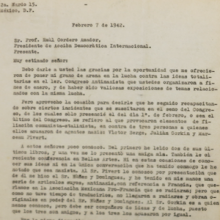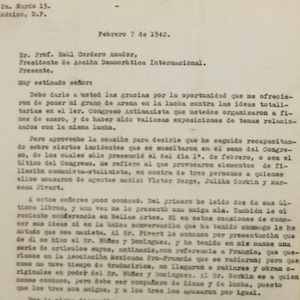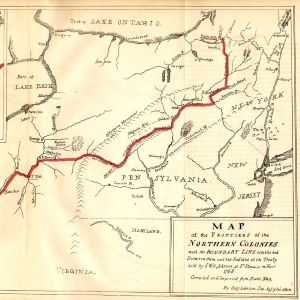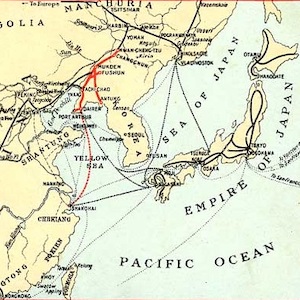Government

Primer: Intellectual Exchange
Ideas do not confine themselves to national borders, and thus intellectual exchange provides an invaluable lens for exploring world history. Tracing how knowledge develops and ideas spread requires a close analysis of exchange of ideas across regions — sometimes across large distances.

Antifascism and Leftist Politics
In February of 1942, in the middle of World War II, the Mexican feminist, educator, and archaeologist Eulalia Guzmán wrote to Raúl Cordero Amador, president of the organization Acción Democrática Internacional (International Democratic Action).

Foundations: Research and Sponsorship
The Brazilian intellectual Paulo Duarte wrote Tracy Kittredge of the Social Science Division of the Rockefeller Foundation in 1941.
Source Collection: Analyzing Treaties between the Iroquois Confederacy and the English Colonies in the 18th Century
During the 18th century, interactions between native peoples and Europeans were a regular occurrence not just along the colonial frontiers, but in French, English, and Spanish cities across the continent.

Map of the Treaty of Fort Stanwix, 1768
In 1768, Sir William Johnson received permission from the British Crown to hold a treaty council with the Iroquois Confederacy and its dependents in order to establish a more official and lasting boundary line without French pressures.
Excerpts from the Treaty of Logg's Town (1752)
As French and British powers jostled for dominance in the Ohio Country, both courted the Six Nations and their allies. The Six Nations held sway and power over mass amounts of territory—territory that French and British interests wished to control.
Excerpts from the Treaty of Fort Stanwix (1768)
After decades of skirmishing and cold-war jostling, tensions between Great Britain and France all across the globe finally came to a head in the Seven Years’ War (1756-1763).
Excerpts from the Treaty of Lancaster (1744)
With the threat of war with France looming on the horizon, the English colonies treated with the Iroquois Confederacy to determine a clearer boundary line between Indian lands and the western edges of the English colonies in pursuit of peace.
Excerpts from the Treaty of Albany (1722)
By the mid-18th century, the Iroquois Confederacy was a significant sovereign power and the main physical buffer between the English colonies in the northeast (New York, Pennsylvania, Virginia, Maryland, and New England) and French settlements around the Great Lakes and St. Lawrence River.

Southern Manchuria Railway (1906-1945)
The world’s earliest locomotive-operated railroads, short stretches transporting coal and ore locally from mines to factories and furnaces, were developed in Britain between 1800 and 1825.